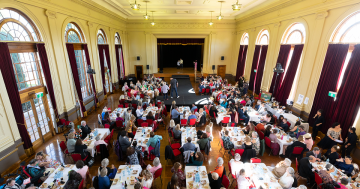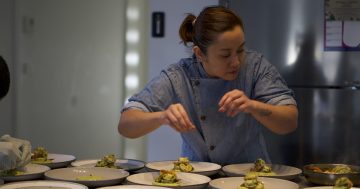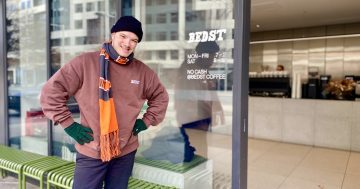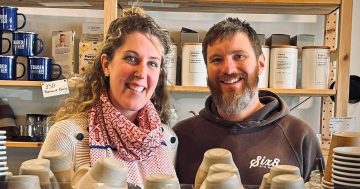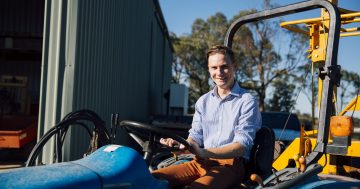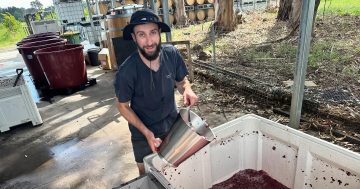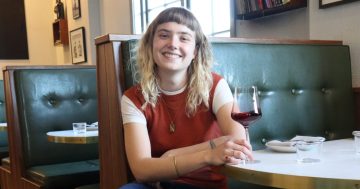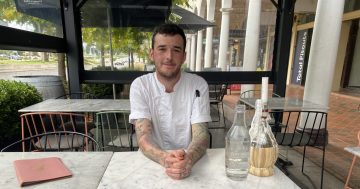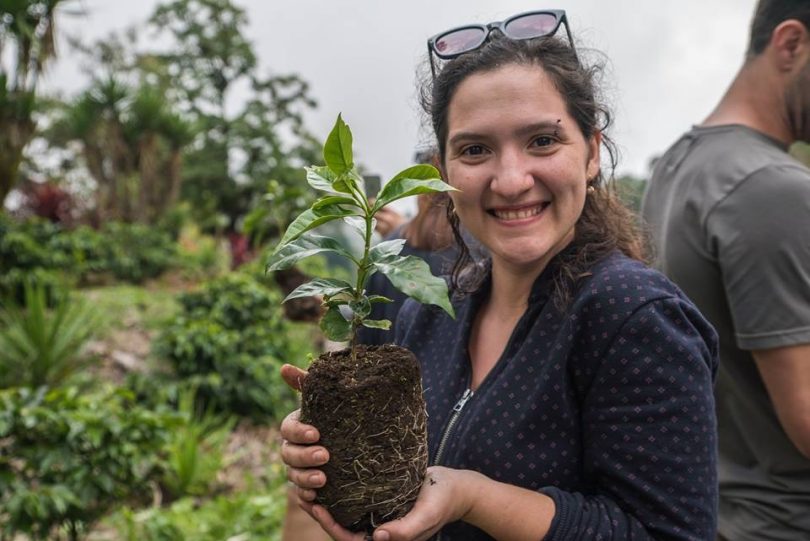
Project Origin’s Yanina Ferreyra sources green coffee beans from more than 10 countries. Photo: Project Origin.
Who is Yanina Ferreyra? I’m the green bean buyer and sales manager at coffee bean trader Project Origin.
Best recent dining experience: I love good classics, and Indian Accent in the Melbourne Building in the city is a real Canberra gem. I enjoy it when a place can execute a great signature dish, and their Cauliflower 65 is impressive – savoury, sweet, sour and spicy at the same time, and one of the most incredible tasting things in Canberra. I’ve also been blown away by the number of great options at Verity Lane Market in the Sydney Building just across the road – a super well-executed concept that caters for almost all palates.
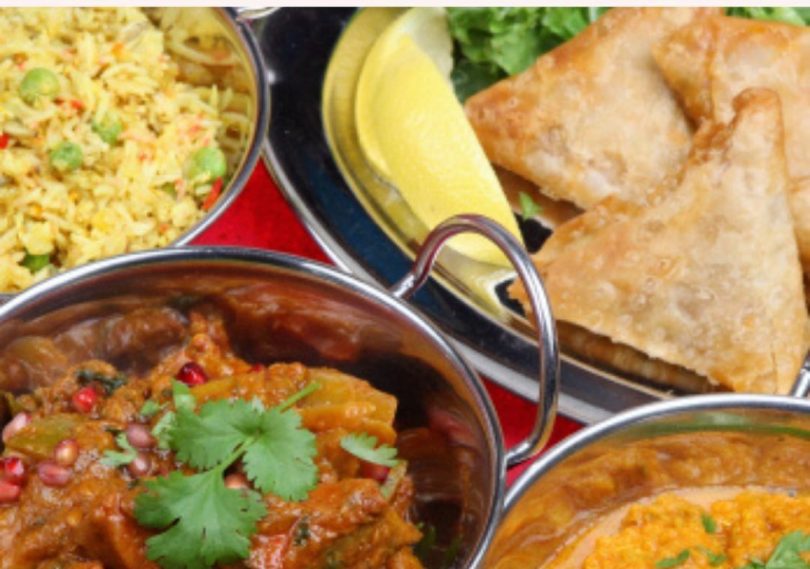
Classic dishes from Indian Accent in the Melbourne Building. Photo: Indian Accent.
Most embarrassing pantry item: Peri-Peri Salt from Nando’s can be found in most supermarkets, and it works so well on a lot of my dishes!
Must-buy ingredient: Being originally from Argentina, I have to say that liquid smoke is my favourite ingredient. Liquid smoke is technically condensed smoke, and you only need a few drops, so a bottle can last a long time. It can be found in most delis and some supermarkets, and you can add it to sauces or chimichurri for a whole new dimension to your meal. It also makes meat cooked in the oven taste like it came out of the barbecue.
Next big thing: I believe the more attention we pay to the smaller-scale, special products we consume, the more value we will place on them. Alternative milk pairing with coffee is already happening in some Canberra venues, with soy, almond, oat and many other types of milk becoming viable alternatives. It’s not necessarily avoiding dairy, but working with plant-based milks to enhance the flavour of the coffee.
Favourite place for breakfast in the ACT: Teddy Pickers in Campbell has my favourite breakfast. Their brekky roll, done with pulled beef, crumbed and fried and served on a roll with a fried egg, jalapenos and red-eye mayo, is probably my favourite meal in Canberra. Red-eye mayo has coffee in it, which probably explains why it’s so delicious.

Brekky Roll with slow-cooked brisket topped with a fried egg at Teddy Pickers in Campbell. Photo: Teddy Pickers.
My Canberra food secret: I live close to the Fyshwick Fresh Food Markets so the Turkish Kebab House is my go-to place when I don’t feel like cooking. They always serve you with the biggest smile and the food is just delicious. The spinach and feta pide is my favourite thing there.
Biggest culinary influence: Back in the day, I was very lucky to work with three flavour masters at The Cupping Room in the city: Mark Raets (now at Teddy’s Pickers), Eddie Tsai (now Ramen Daddy) and Nicky Kim (now at Pilot). They opened my taste buds to a world of flavour. The thing they were doing differently was focusing on what the clients wanted and how to best provide consistently delicious food. I think that’s why wherever they go, you can taste that expertise and care in their food.
Favourite cookbook: Salt, Fat, Acid, Heat by Samin Nosrat. Finally, a book that doesn’t just share recipes but explains how to create flavour – helping home cooks understand the variables allowed me to cook better meals. Also worth mentioning: This is Not a Wine Guide by Chris Morrison, which really simplifies wine for consumers.
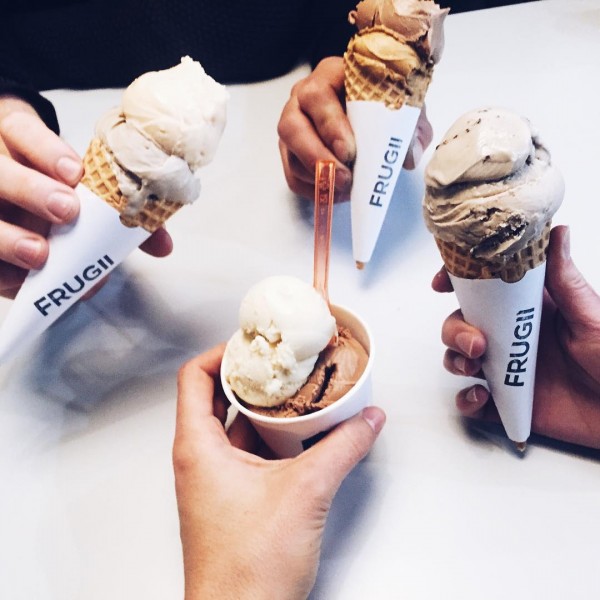
A sweet treat from Frugii is a happy ending to any meal. Photo: @inexplicablewanderlust.
Who I admire on the Canberra food and wine scene: I love what Emma Shaw is doing with her wine education initiative, Pique-Nique. I think empowering consumers is very important in building a sustainable industry. Emma’s palate and wine knowledge are incredible.
What’s on the menu this week: My work involves sourcing and developing green coffee bean processing techniques that allow coffee producers to raise the profile of their products, increase revenue and create higher-quality coffee with more distinct flavours.
Since 2015, Project Origin has successfully been applying carbonic maceration fermentation techniques to beans from six countries: Panama, Ethiopia, Colombia, Kenya, Nicaragua and El Salvador. Check the frozen menus of Ona Coffee for some special brews, and on the coast, Guerrilla Roasters usually has some of our most exclusive coffee beans.
Where I’m going next: I’m really keen to go to Dear Prudence at Verity Lane Market and Redbrick’s new coffee shop, ARC, in the city.
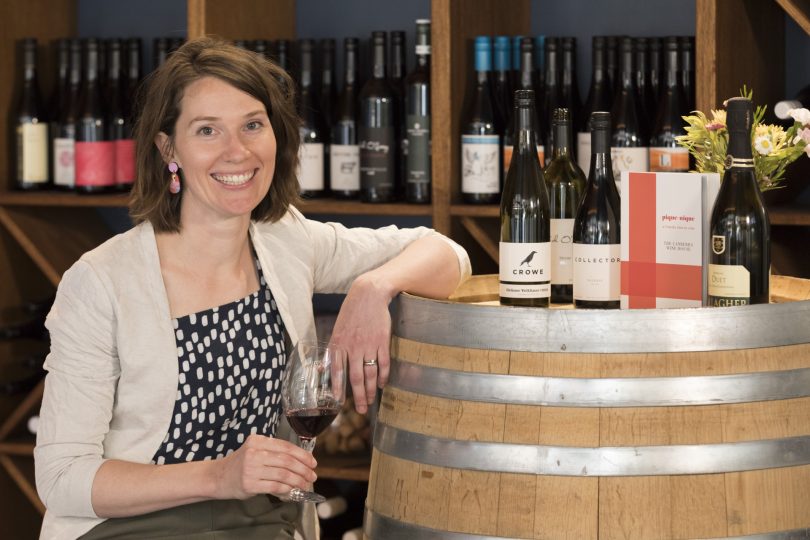
Emma Shaw’s wine education initiative, Pique-Nique, is empowering consumers. Photo: Michelle Kroll.
Death row meal: Argentinian asado (barbecue) cooked by my dad, and a big red wine. And some Frugii ice cream for dessert.
My COVID response: The pandemic hit right when most coffee growers were ready to ship their cargo to Australia. As specialty coffee importers, our response was to assure them we would still buy all the coffee we committed to and protect coffee roasters in case of a harsh lockdown.
Coffee beans are a perishable item, and most plantations harvest just once a year, so it’s a product that requires proper forecasting and well-timed logistics to ensure a high-quality supply in Australia. Fortunately, we managed to not have to cancel a single contract or agreement with producers at origin, and I remember having to charge my phone three times a day as I was constantly communicating with clients and suppliers.
Not only did we keep all our employees, but we hired two more staff in 2020. After our end-of-financial-year review, we also decided to pay back to all employees any salary losses incurred during the month of April due to reduced hours.
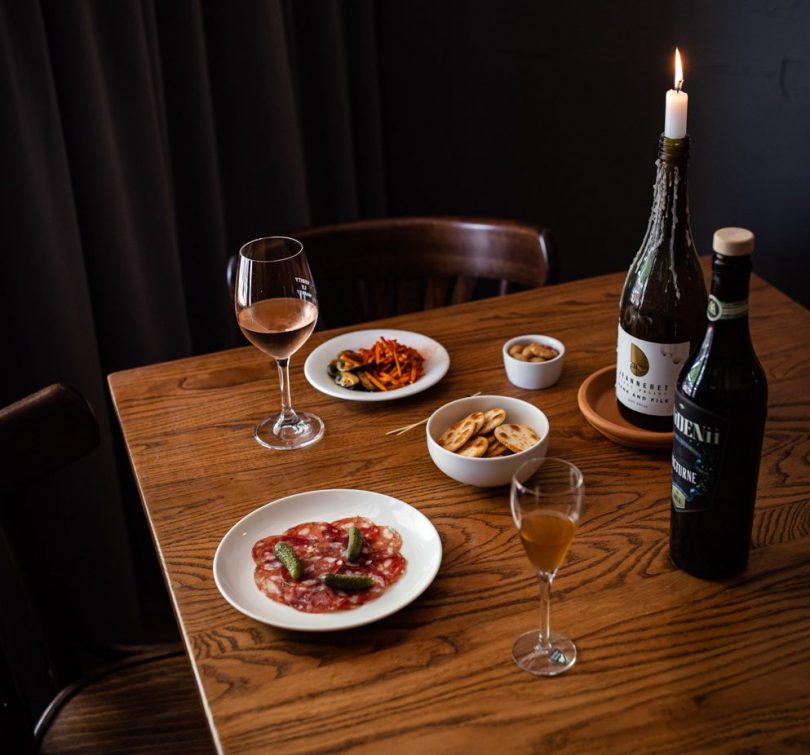
Dear Prudence brings a Spanish feel to Canberra’s late-night bar scene. Photo: Lean Timms.
My really simple recipe tip: For those making coffee at home, I suggest looking into two very important variables: a good-quality coffee grinder (that is also kept clean) and well-aged coffee beans. When coffee is too old or too fresh, its flavours will not be optimal. Your local supplier should be able to give you a good benchmark for the shelf life of the beans you are buying. If you really like coffee and want to preserve the beans, packing them in individual serves and freezing them is a good idea. I keep mine in sealed plastic test tubes, which allows me to store a large variety of coffee beans, giving us plenty of options.
Project Origin sources high-quality green coffee beans from more than 100 producers in over 10 countries. The group works with farmers, exporters and cooperatives to encourage sustainability and ongoing development of local communities.











